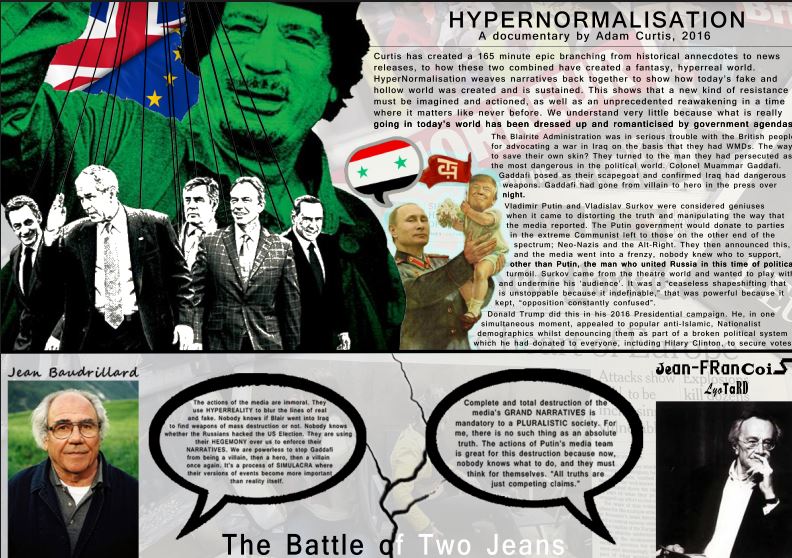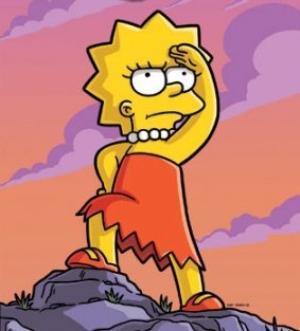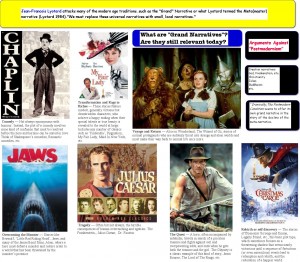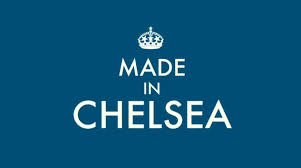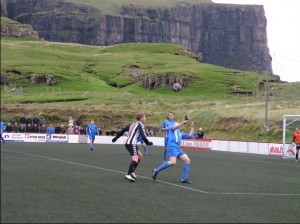Beyond, Beneath and Below…..even Between…..
This is a presentation focusing on ‘all may not be what it seems’. It was used in an assembly last year but it is a good reference point for making sure that in this postmodern age, images, messages, ideas and communication may be no more than ‘a shadow on the wall – look for light source itself’.
The truth behind instagram. A collection of photographs showing how instagram provides a vehicle for cleverly constructed images that encourage everyone to aspire to a life, other than their own.
http://aplus.com/a/truth-behind-instagram?
And the girl who quit Instagram?
http://www.businessinsider.com/teenage-instagram-star-essena-oneill-quits-social-media-2015-11
FAUXTOGRAPHY
This refers to fraudulent photography, where photographs are manipulated through photoshop or manipulated by other means to change the information they convey. Fauxtography is often used to manipulated the viewer and promote a particular agenda.
Fauxtography is also occasionally used to refer to low-quality or humorous photographs taken by amateur photographers who have started photography businesses or blogs despite their limited experience and skill. In this sense, fauxtography is an Internet meme.
“Faux” is the French word for “fake.” Techopedia explains Fauxtography. The term fauxtography may have emerged in 2006 when freelance photographer Adnan Hajj provided an altered photograph of what was described as an Israeli raid in Beirut. Reuters printed the photo, and it quickly spread online. However, the billowing black smoke was later discovered to have been digitally added, along with other elements of the photo. Fauxtography is especially dangerous in photojournalism because audiences trust the news to provide accurate representations of worldwide events. When images are photoshopped or staged, this can drastically change how people feel about the event depicted.
And the latest from infowars – the website that says it exposes conspiracies, is a very sorry and deeply distressing development. Whilst, its main agenda is to highlight how the grand narratives, absolute truths are to be questioned and that hegemony is alive and kicking and needs to be challenged, it also causes an enormous amount of misinformation and anxiety. It has been accused of causing so much hurt to the families of the Sandy Hook massacre, saying it was set up by those in favour of harsher gun licensing laws in the USA. One father though is hitting back.
http://www.bbc.co.uk/news/blogs-trending-39194035
I GUESS ALL THAT THIS SAYS ABOUT POSTMODERN MEDIA IS THAT, with the proliferation of digital media, the idea that anyone and many do, feel the right to air their views, become keyboard warriors or citizen journalists, how are we ever going to be able to police what is out there and really KNOW WHAT THE TRUTH IS? Lyotard might argue that it is good that everyone know has the right to question, air their own mini narratives and to question the absolute truths/grand narratives but is it just making life full of false stories, unproven facts and FAKE NEWS. Postmodern Media is now, more than ever giving over to the POST TRUTH era. With the President of the USA now embroiled in various FAKE NEWS stories, the whole of society needs to be on high alert and always look beyond, beneath, behind and below the headlines.

